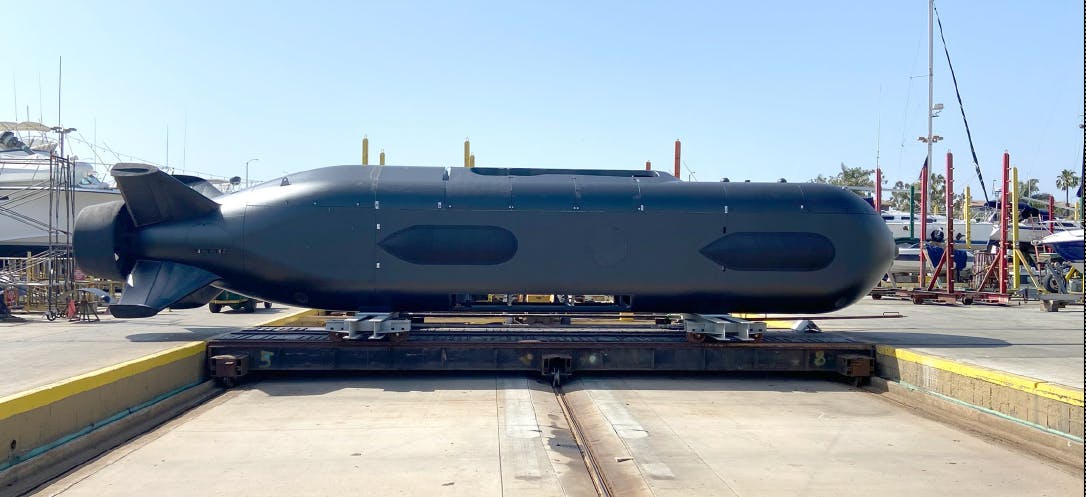SOURCE: RAUNAK KUNDE / NEWS BEAT / IDRW.ORG


The Indian Navy is gearing up for a technological leap with significant investments in unmanned underwater vehicles (UUVs) to solidify its control over the Indian Ocean Region (IOR). This strategic move aims to safeguard Indian interests and deter adversaries from exploiting vulnerabilities in the region’s vast underwater domain.
A key focus will be the development of next-generation IUSS (Integrated Undersea Surveillance System) Seabed arrays. These advanced sensor networks will blanket the seabed, providing real-time, comprehensive monitoring of maritime traffic. This will significantly enhance the Navy’s situational awareness and ability to detect potential threats.
Collaboration will be key. The Navy plans to join forces with public and private sector defence companies to develop a diverse fleet of UUVs, catering to various underwater missions. This collaborative approach is expected to accelerate innovation and expedite the deployment of these critical technologies.
The Navy’s underwater arsenal is set to expand with the introduction of several specialized UUVs:
- Extra Large Unmanned Underwater Vehicles (XLUUVs): These long-range, long-endurance workhorses will provide unmatched underwater coverage and intelligence-gathering capabilities.
- Autonomous Mine Hunting Systems: These UUVs will revolutionize mine countermeasure (MCM) operations, autonomously detecting and neutralizing mines, and safeguarding vital shipping lanes.
- Underwater Gliders: Efficient and stealthy, these UUVs will excel in long-term data collection missions, providing valuable oceanographic and environmental information.
- Autonomous Anti-Submarine Warfare (ASW) Sensors: These intelligent UUVs will act as robotic sentries, actively hunting and tracking enemy submarines, bolstering India’s underwater defence network.
By investing in this spectrum of UUVs, the Indian Navy is taking a decisive step towards securing its dominance in the IOR. This technological transformation will not only safeguard Indian interests but also contribute to a more stable and secure maritime environment in the region.
NOTE : Article cannot be reproduced without written permission of idrw.org in any form even for YouTube Videos to avoid Copy right strikes. Websites doing illegal reproductions will get DMCA and Legal Notices.